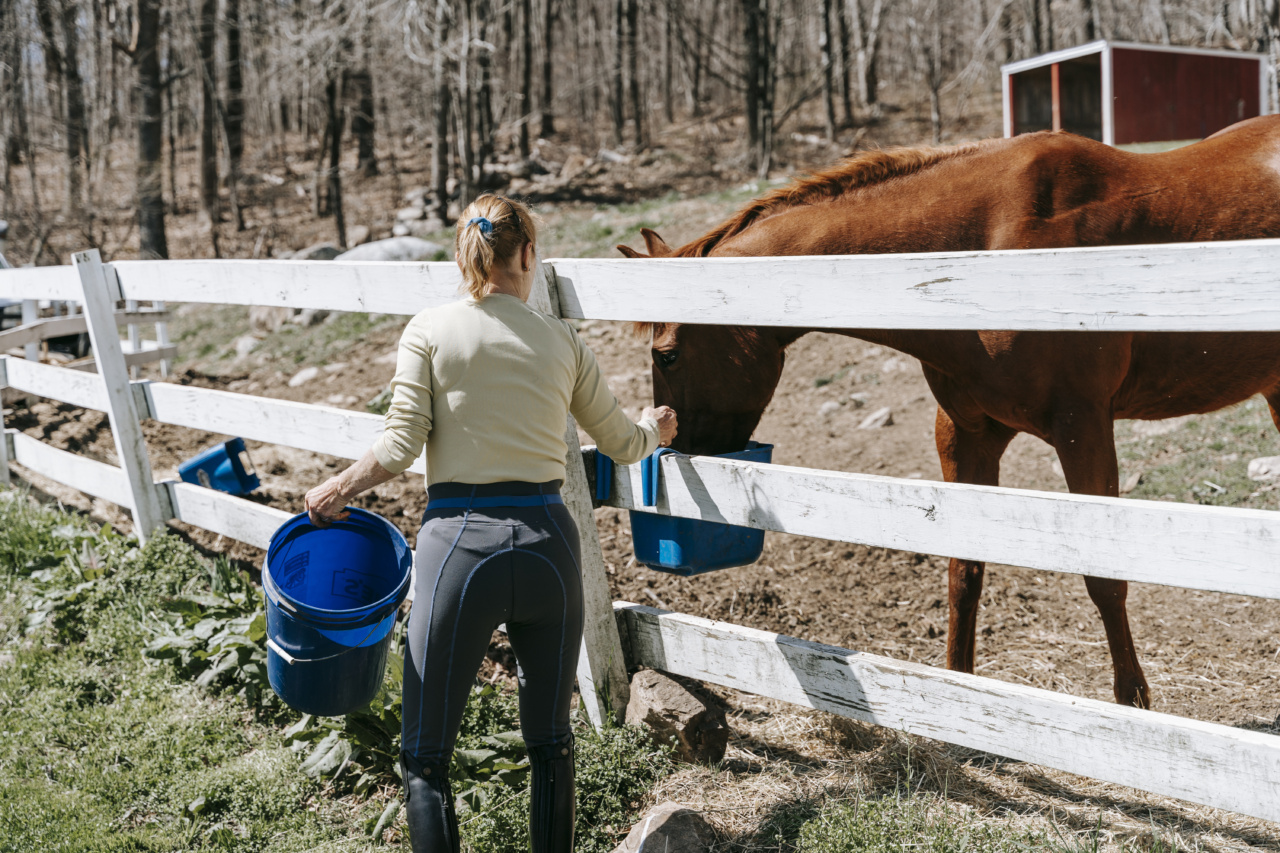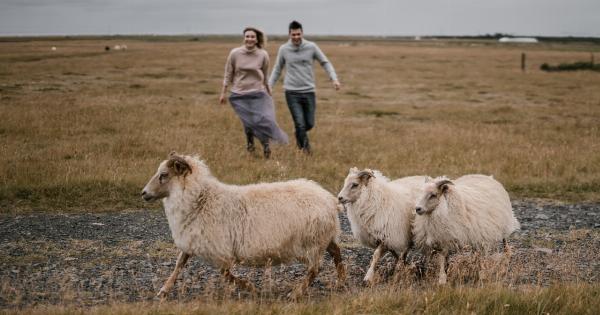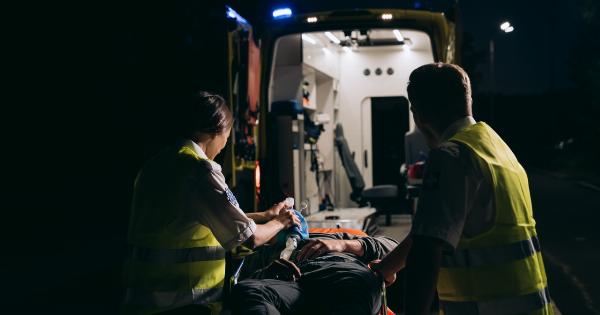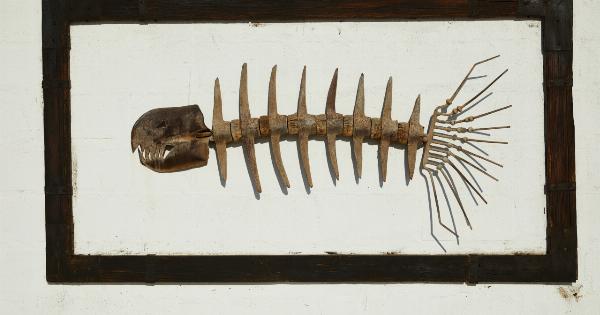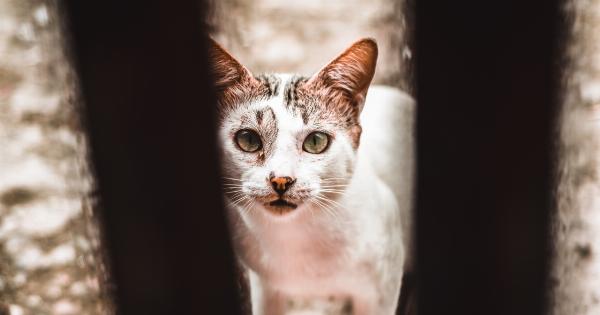Injuries that render animals immobile can be heartbreaking, leaving them unable to walk, run, or explore their surroundings as they once did.
However, thanks to the incredible advancements in veterinary medicine and technology, disabled animals can now regain their mobility and independence with the help of animal wheelchairs.
Understanding Animal Wheelchairs
Animal wheelchairs, also known as pet wheelchairs or pet carts, are specially designed devices that provide support and assistance to animals with mobility impairments.
These wheelchairs are custom-made to fit each animal’s unique needs, size, and condition, allowing them to move around freely and engage in their daily activities without relying on human assistance.
Who Can Benefit from Animal Wheelchairs?
Animal wheelchairs are primarily used for domestic pets such as dogs and cats who have either experienced injuries or suffer from mobility impairments due to conditions such as paralysis, spinal cord damage, amputations, or degenerative diseases like arthritis or hip dysplasia. However, other animals such as rabbits, ferrets, and even larger animals like goats and sheep can also benefit from these devices.
The Benefits of Animal Wheelchairs
1. Restoring Mobility: The most apparent benefit of animal wheelchairs is their ability to restore mobility to disabled animals.
By supporting their hind or front legs, these devices allow animals to walk, run, and play again, which can significantly improve their overall quality of life.
2. Physical and Mental Stimulation: Being immobile can lead to physical and mental deterioration in animals. Animal wheelchairs provide the necessary stimulation for their muscles, joints, and mind, helping them stay active, engaged, and happy.
3. Independence and Freedom: Animals cherish their independence, and being confined to a limited space due to immobility can be incredibly frustrating for them.
Animal wheelchairs give them the freedom to move around, explore their surroundings, and maintain their sense of independence.
4. Enhanced Social Interactions: When animals are unable to walk or move properly, they often become socially isolated.
With the help of animal wheelchairs, they can once again interact with their human companions, other animals, and enjoy activities such as playing fetch or going for walks.
The Types of Animal Wheelchairs
Animal wheelchairs come in various types to cater to different mobility impairments and body types. Some common types include:.
1. Rear Support Wheelchairs: These wheelchairs offer support to the animal’s hind legs, making them suitable for animals with rear limb disabilities or paralysis.
2. Front Support Wheelchairs: Designed for animals with front limb disabilities, these wheelchairs support the animal’s front legs while allowing them to move using their hind legs.
3. Full Support Wheelchairs: These wheelchairs provide complete support to animals with total paralysis or weakness in both their front and hind limbs.
4. Customized Wheelchairs: In some cases, animals may have unique body structures or conditions that require a specially designed wheelchair. Customized wheelchairs are made to accommodate these specific needs.
Getting an Animal Wheelchair
Obtaining an animal wheelchair involves multiple steps:.
1. Veterinary Assessment: The first step is to consult with a veterinarian who will assess the animal’s condition, overall health, and determine if an animal wheelchair is a suitable option.
2. Taking Measurements: Accurate measurements of the animal’s height, length, and weight are taken to ensure a perfect fit for the wheelchair.
3. Customization and Creation: Once measurements are taken, the animal wheelchair is custom-made according to the specific needs and requirements of the animal.
4. Adjustments and Training: After receiving the wheelchair, adjustments are made to ensure proper fit and comfort. The animal may require some training and practice to get accustomed to using the wheelchair effectively.
Animal Wheelchair Success Stories
Animal wheelchairs have transformed the lives of countless animals around the world. Here are a few heartwarming success stories:.
1. Ladybug the Chihuahua: Ladybug was paralyzed due to a spinal cord injury. With her custom-made rear support wheelchair, she regained mobility and became an inspiration for other disabled dogs.
2. Franklin the Cat: Franklin was born without front paws, making it challenging for him to move around. His front support wheelchair enabled him to roam freely and effortlessly.
3. Archie the Goat: Archie suffered from hind limb weakness, preventing him from walking properly. With his tailor-made wheelchair, he can now roam the fields, graze, and play like any other goat.
The Future of Animal Wheelchairs
As technology continues to advance, the future for animal wheelchairs looks promising. Some of the potential developments include:.
1. Lighter and More Efficient Designs: Advancements in materials and engineering may lead to lighter wheelchairs that provide better comfort and maneuverability for animals.
2. Increased Accessibility: Efforts are being made to make animal wheelchairs more accessible to pet owners around the world by reducing costs and facilitating easier distribution.
3. Improved Customization: The ability to create even more customized wheelchairs to cater to animals with unique conditions or body structures will continue to evolve.
Conclusion
Animal wheelchairs have revolutionized the lives of injured and disabled animals, offering them a new lease on life and an opportunity to regain their independence and freedom.
These incredible devices have proven to be invaluable in enhancing the physical, mental, and emotional well-being of animals, allowing them to continue enjoying a happy and fulfilling life alongside their human companions.
